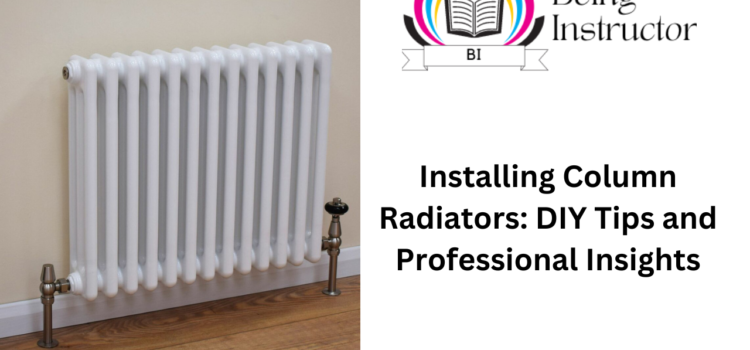One popular choice among homeowners is the column radiator. Featuring elegant vertical columns and functional heat distribution, these radiators not only enhance your home’s aesthetic appeal but also provide superior warmth.


One popular choice among homeowners is the column radiator. Featuring elegant vertical columns and functional heat distribution, these radiators not only enhance your home’s aesthetic appeal but also provide superior warmth.